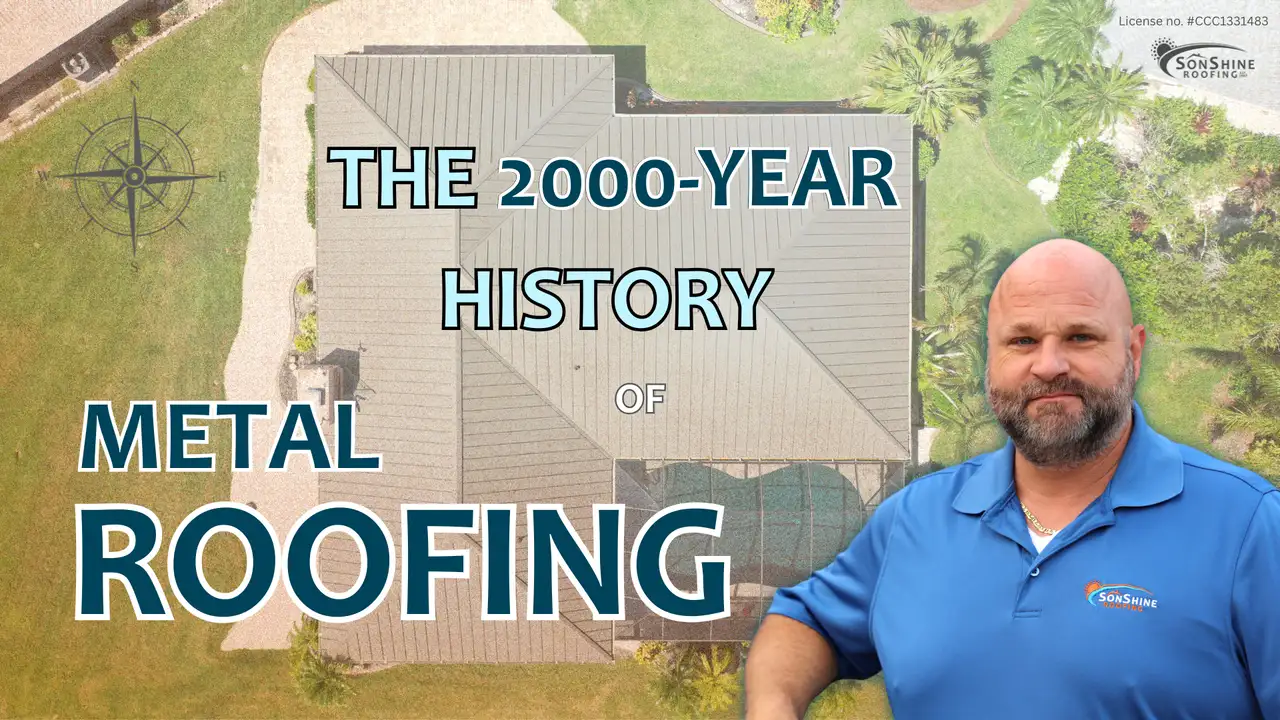Roof Maintenance Tips
Maybe you just replaced the roof on your home and want to make sure it lasts a long time. Or maybe you have an older roof you want to keep around for a few more years.
Either way, the simplest way to extend the life of your roof is through proper maintenance. When you maintain your roof and inspect it regularly, you can catch small issues before they become expensive problems.
Some maintenance steps can be done on your own, while others are best left to professionals. Let’s explore the key things you can do to keep your roof in great shape.
Inspect Your Roof From the Ground Twice a Year
You don’t need to climb up on the roof to perform basic maintenance. In fact, doing a visual check from the ground is one of the easiest ways to monitor roof health.
About twice a year—preferably in the fall and spring—walk around your home and inspect the roof from the ground. Look for:
- Missing shingles
- Broken or loose tiles
- Loose or missing flashing
- Clogged or damaged gutters
If you see anything suspicious, it’s time to call a trusted roofer in Sarasota. Catching these issues early can prevent major structural damage later.
Have Your Roof Professionally Inspected
Even if your roof looks good from the ground, it’s wise to schedule an annual professional roof inspection. A certified roofer will check flashing, valleys, ridge vents, and other hard-to-see areas for hidden damage or wear.
They’ll also spot problems like dips, pooling water, or granule loss that you might overlook. Regular inspections are a small investment that can save you thousands in repairs down the road.
Clean Out Your Gutters Regularly
Your gutters play a crucial role in protecting your roof. When they get clogged with leaves, dirt, and debris, water can back up and damage your roofline.
To avoid this, clean your gutters at least twice a year—or more often during heavy leaf fall. Keeping gutters clear ensures proper drainage and prevents water from seeping under shingles or behind fascia boards.
Trim Trees Near Your Roof
Trees offer shade, but overhanging branches can be dangerous to your roof. High winds or storms may cause limbs to fall and cause damage. Even smaller branches can scratch and wear down roofing materials over time.
Trim back any branches that touch or hang over your roof. This also helps reduce the shade that encourages moss and algae growth.
Check for Moss and Algae Growth
Algae and moss thrive in shaded, moist environments and can cause shingles to deteriorate. Over time, this moisture can work under the roofing materials, leading to rot and leaks.
You can often spot moss and algae from the ground. If you’re unsure, a roofer can check during an inspection and recommend safe, effective treatments to remove and prevent growth.
Watch for Signs of Roof Leaks Indoors
Sometimes, the first sign of a roofing problem appears inside your home. Keep an eye out for ceiling stains, mold in the attic, or peeling paint—these could all signal a roof leak.
Leaks are often the result of neglected maintenance. Addressing them quickly helps avoid costly repairs or premature roof replacement. For guidance, visit our article on how to find a roof leak.
Need Help with Roof Maintenance?
Maintaining your roof doesn’t have to be overwhelming. A professional roof inspection from SonShine Roofing ensures your roof is ready to withstand Florida’s tough climate.
We’ve been serving Sarasota, Manatee, and Charlotte County for over 30 years and are committed to building and maintaining roofs that last. Contact us today to schedule your inspection or ask about our roof maintenance services.













